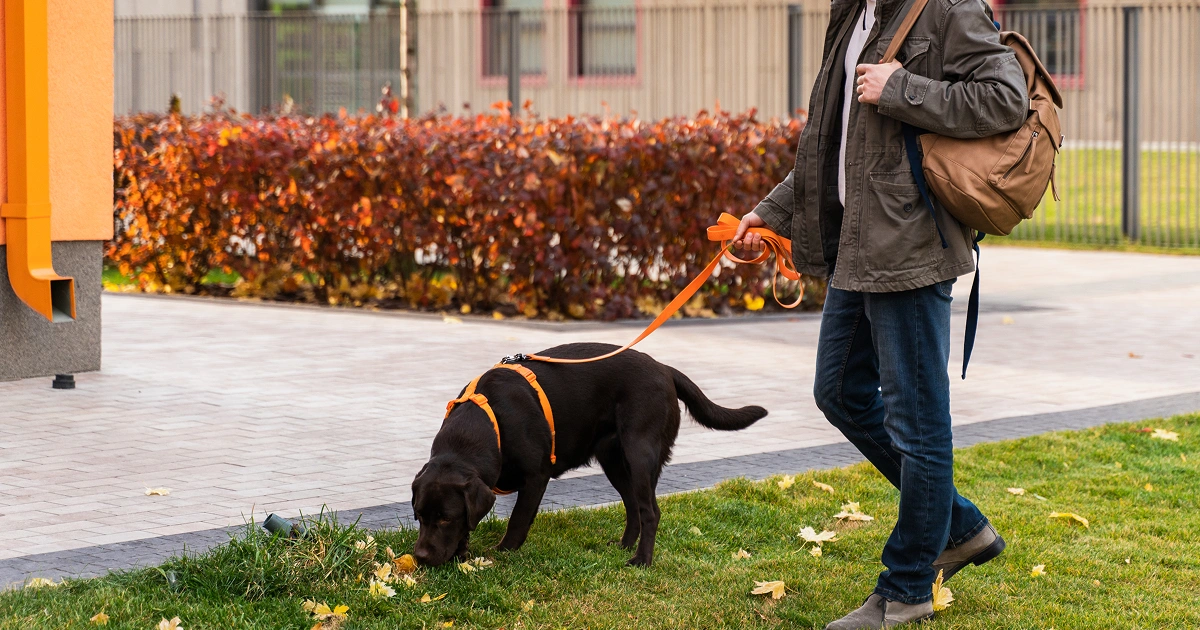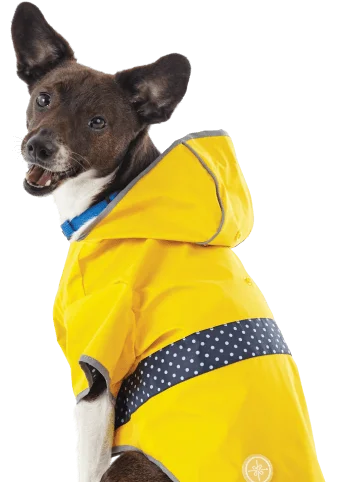
Warmer weather means spending more time outside, and what better companion than your dog? Dogs enjoy getting out to enjoy the fresh air, sunshine, and warmth, too. Spring breezes bring in new scents to capture your pet’s interest and stimulate their senses. The grass provides a soft place to run, play, roll around, and relax.
But while you are outside, your pet’s safety and well-being should be a top priority. Here are several steps you can take to protect your dog.
- Keep your dog on a leash.
Even well-trained dogs can become distracted or run off if something catches their attention or scares them. By keeping your dog on a leash, you maintain better control and can keep them close by. A retractable leash can allow them the flexibility to roam while enabling you to rein them back in. A shorter, sturdier leash can help you prevent them from pulling away.
- Get your dog microchipped.
In addition to your dog’s collar and tags, microchipping is a safe, effective way of increasing your chances of being reunited with your dog if they should become lost. Many veterinary offices, shelters, and animal control agencies have chip readers that can scan your pet’s microchip and pull up your contact information. Just make sure you keep their microchip registered and your information current!
- Make sure they are up to date on flea and tick prevention.
Spring weather can mean more fleas, ticks, and mosquitoes. These tiny pests can cause big problems for your dog. However, flea and tick treatment can prevent disease transmission and keep your pet from getting sick. Try to avoid areas where there is tall grass, low hanging branches, or thick brush, as fleas and ticks often hide there.
Don’t forget to give your dog its monthly heartworm medication as well, as mosquito bites can transmit these parasites. Steer clear of standing water which can be a breeding ground for mosquitoes.
- Stay hydrated.
Warm weather and lots of activity can make your dog pant and sweat. Just like humans, they can become dehydrated. If you’re planning on spending longer periods of time outdoors, or it is especially hot, make sure you bring fresh, cool water for your dog to drink. You can get attachments for water bottles or bring a sturdy bowl to fill up.
Try to keep your dog from drinking out of puddles, lakes, or streams, as you don’t know what kinds of bacteria, viruses, parasites, or chemicals may be in the water. It is better to bring your own water, so you know that it is clean and safe.
- Be aware of your surroundings.
Pay attention to everything around you. Dogs can be curious animals, always wanting to sniff and explore. Look for wildlife that may be lurking, whether that’s raccoons, skunks, snakes, or frogs. Even other dogs can pose a threat. Keep your dog close and move in a different direction.
There are many plants that are beautiful to look at but that can be potentially toxic if your dog eats them. This includes daffodils, daisies, azaleas, hydrangeas, irises, hyacinths, rhododendrons, tulips, and wild mushrooms. Watch what your dog is doing so they don’t accidentally ingest the flowers, leaves, or stems.
Spending time outside can be a great way to get fresh air and exercise, but make sure you’re taking steps to protect your dog. When you’re away, boarding your dog at Lake Wylie Pet Resort can allow them to run, play, and relax in a safe environment while under the watchful eye of our team. Contact us today to book your dog’s next stay!




